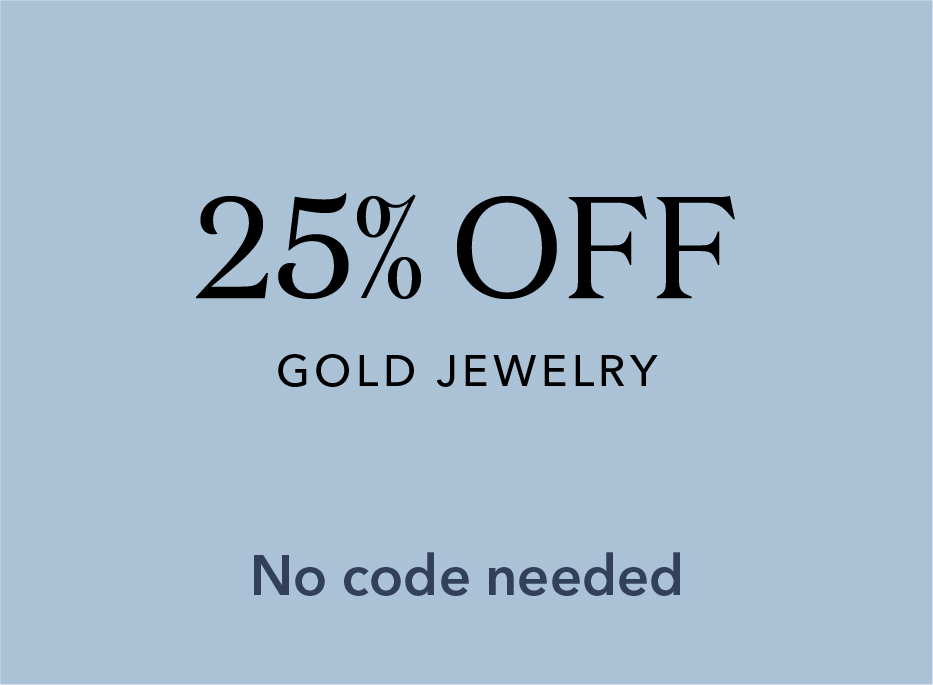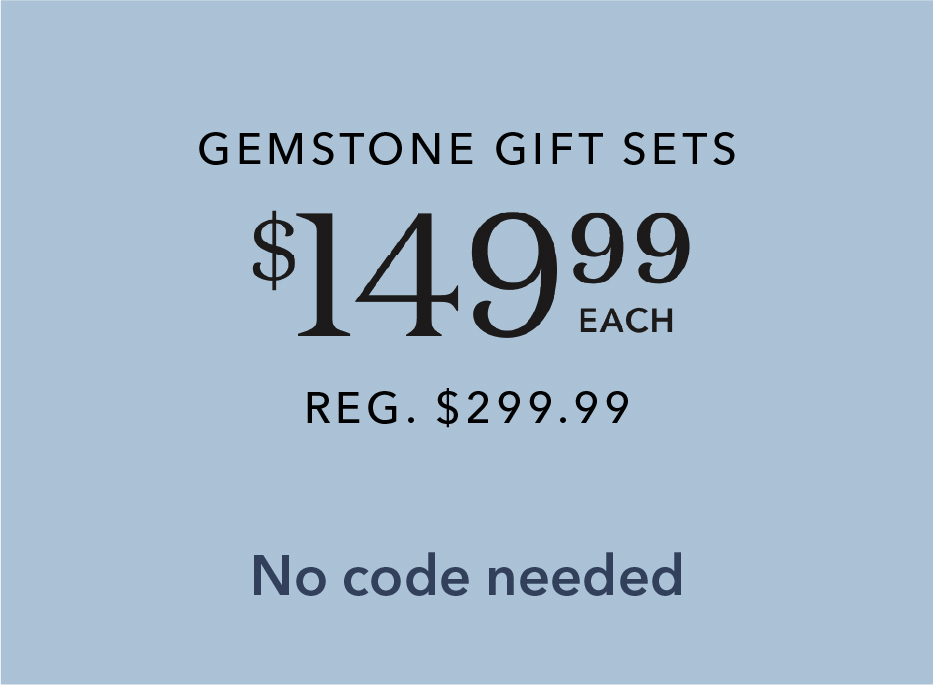When you’re seeking a lab created gemstone that exudes the sparkle of a diamond and comes at an attainable price point, you have a few options. In the battle for brilliance, cubic zirconia, and moissanite are two contenders that captivate with their fire and flashes of rainbow beauty. But beneath the shimmering surfaces lie distinct personalities, origins, and properties. Here’s everything you need to know about moissanite vs. cubic zirconia.
what is cubic zirconia?
Crafted from zirconium dioxide, cubic zirconia, or CZ for short, it is a manmade marvel that’s exceptionally durable. CZ boasts a hardness of 8.5 on the Mohs Scale, which means it’s resistant to scratches. This gemstone also has a brilliance that stems from its high refractive index, which bends light dramatically, creating a joyful play of color.
what is moissanite?
Moissanite is a gemstone that derives from silicon carbide. The double refraction of the moissanite gemstone splits light into mesmerizing rainbows and a kaleidoscope of colors, making them even more scintillating than a diamond. Moissanite gems score a 9.25 on the Mohs Scale, making these gems a great choice for everyday jewelry.
a tale of two gems: origins & properties
Contrary to popular belief, cubic zirconia can exist naturally, but it’s extremely rare. In the mid-1970s, however, scientists got into the lab and created cubic zirconia by combining intense temps and pressure. These stones were affordable enough for everyday wear, with enough brilliance to be a cheap stand-in for a diamond. Think of CZ as a chameleon: it readily adapts to various cuts and colors, perfect for casual jewelry and special occasion pieces alike.
Moissanite, on the other hand, boasts more mystical origins. First discovered in a meteorite crater by scientist Henri Moissan in the late 19th century, the gem is a rarity in nature. Moissan replicated the gemstone formation process in a lab, and the results were equally magic. Today’s lab grown moissanite contains the intrigue of its otherworldly origins and a wealth of sparkle.
differences between moissanite and cubic zirconia
Origins aside, both gemstones have a lot to offer in terms of their physical properties and their price. As lab grown stones, both CZ and moissanite are also a sustainable alternative to natural mined diamonds.
durability
Diamonds are the hardest mineral on the Mohs Scale of Hardness, scoring a perfect 10. Anything that scores a 6 to 9 on the scale is considered a hard mineral that can scratch glass. And with moissanite scoring a 9.25 and CZ an 8.5, these hard stones are suitable for everyday rings, earrings, bracelets, and necklaces.
brilliance
Only moissanite rivals diamonds in terms of brilliance. Why? Its high refractive index surpasses that of diamonds. The index measures how the gem (or diamond) structure bends light. Cubic zirconia has slightly lower refractive properties than both stones. However, both moissanite and CZ offer exceptional sparkle.
color
The beauty of lab grown gemstones is that scientists can control every aspect of the process. Both CZ and moissanite also come in a variety of gorgeous colorways. While most diamond-like moissanite stones are colorless or near-colorless, other options include smoky grays and browns, yellow, green, blue, and pink. Similarly, cubic zirconia comes in a wide-ranging spectrum of hues, from light green and lavender to near-colorless.
affordability
Cubic zirconia is inexpensive and has no resale value. This makes CZ a great choice for gifting teens and tweens or for those who want trendy, modern jewelry pieces. Moissanite, on the other hand, is a great natural or lab grown diamond alternative at a more affordable price point. If you’re looking for an engagement ring with a larger center stone, you may gravitate toward the lower cost and fiery sparkle of a moissanite ring.
TLC for your CZ & moissanite
Both CZ and moissanite require minimal care to maintain their sparkle. Regular cleaning with warm, soapy water and a soft brush is enough to keep them looking their best. Avoid harsh chemicals and ultrasonic cleaners, as they can damage the settings or coatings.
Storing it in a cool, dry place away from direct sunlight is recommended, as prolonged exposure can fade the brilliance of cubic zirconia. Sunlight is fine for moissanite but keep the gemstones away from extreme heat.
factors to consider when choosing between cubic zirconia vs. moissanite
Ultimately, the best choice for you will depend on your individual priorities and budget. If you are looking for the most affordable option, cubic zirconia is a great choice. If you are willing to spend a little more for a gem with better sparkle and durability, select moissanite.
choose cubic zirconia if:
- You're on a budget and crave variety.
- You love bold statement pieces and experimenting with color.
- You prefer a playful, disco-ball kind of sparkle.
select moissanite if:
- You’re looking for an ethical and sustainable alternative to mined diamonds.
- You want an exceptionally durable stone without the cost of a diamond.
- You love the look of rainbow-infused brilliance.

















